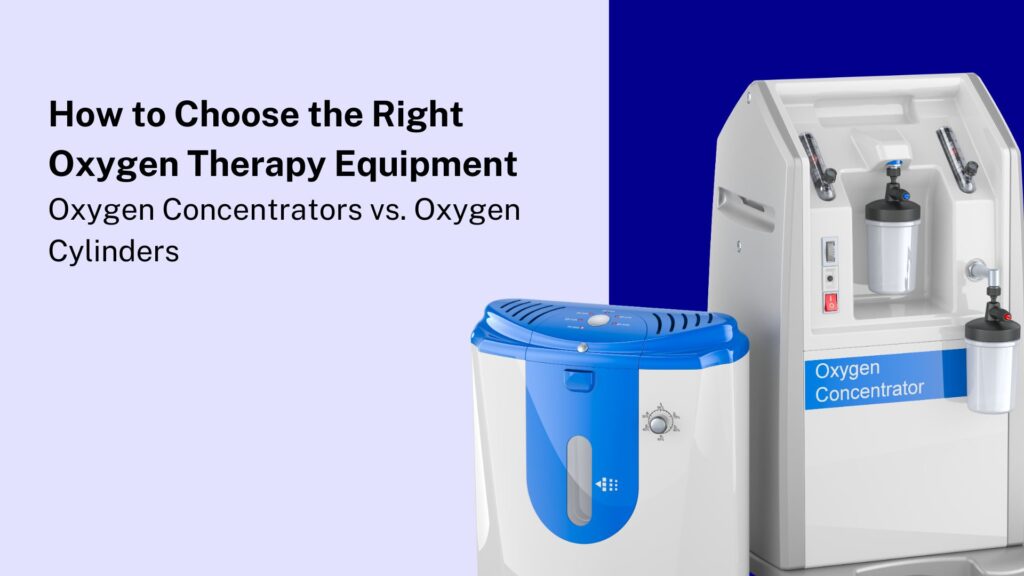Understanding the Different Types of Respiratory Support: BiPAP, CPAP, and Ventilators Explained
Respiratory support devices are essential tools for managing various breathing disorders and ensuring adequate oxygenation in patients with compromised lung function. Among the most common devices used are BiPAP, CPAP, and ventilators. Each of these serves a unique purpose and is tailored to specific patient needs. BiPAP (Bilevel Positive Airway Pressure) BiPAP machines deliver two levels of air pressure: a higher pressure during inhalation and a lower pressure during exhalation. This dual pressure system makes it easier for patients to breathe, especially those with conditions like chronic obstructive pulmonary disease (COPD) or severe sleep apnea. BiPAP is often prescribed when CPAP (Continuous Positive Airway Pressure) alone is insufficient, as it provides more flexibility in maintaining adequate breathing patterns. CPAP (Continuous Positive Airway Pressure) CPAP machines are commonly used to treat obstructive sleep apnea, a condition where the airway becomes blocked during sleep, causing breathing interruptions. The CPAP device provides a continuous stream of air at a single, fixed pressure level to keep the airway open throughout the night. This helps prevent apnea episodes, improves sleep quality, and reduces the risk of related health issues like hypertension and heart disease. Ventilators Ventilators are more complex devices designed for patients who are unable to breathe adequately on their own, often due to severe respiratory failure or during surgery. Unlike BiPAP and CPAP machines, which assist with breathing, ventilators can fully control the breathing process, delivering oxygen and removing carbon dioxide from the lungs. Ventilators are critical in intensive care units and emergency settings, providing life-sustaining support for critically ill patients. Choosing the Right Support Understanding the differences between BiPAP, CPAP, and ventilators is crucial in selecting the appropriate respiratory support. While CPAP and BiPAP are typically used for less severe conditions, ventilators are reserved for more critical situations. Consulting with a healthcare provider can help determine which device is best suited to your specific needs.



